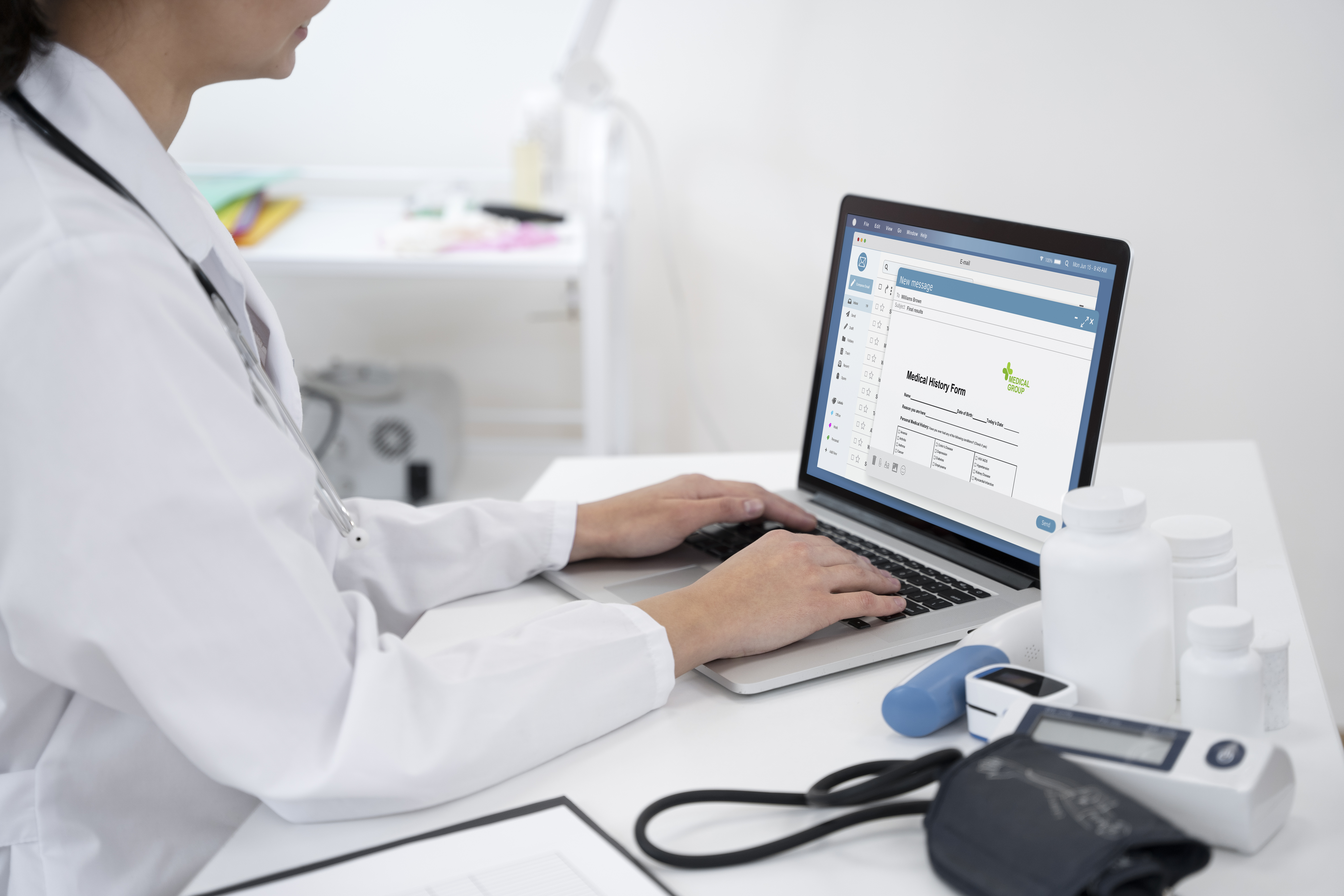Comprehensive CDI Services: Enhancing Healthcare Documentation Accuracy and Compliance
Clinical Documentation Improvement (CDI) is a vital component in the ever-evolving landscape of healthcare, ensuring that patient records accurately reflect the care provided while also meeting regulatory and reimbursement requirements. CDI Services play a pivotal role in enhancing the quality and integrity of healthcare documentation, ultimately contributing to improved patient outcomes and financial sustainability for healthcare organizations.
The Essence of CDI Services:
At its core, CDI is a systematic process that involves thorough reviews of clinical documentation to ensure it is complete, precise, and compliant. CDI Services encompass a range of activities aimed at optimizing the integrity of medical records, such as:
Documentation Reviews:
Experienced CDI specialists conduct in-depth reviews of patient records, identifying areas for improvement in terms of clarity, specificity, and completeness. These reviews help capture the full scope of patient conditions and treatments.
Physician Engagement:
CDI Services involve collaboration with healthcare providers to clarify ambiguous documentation, ensuring that medical records accurately reflect the complexity and severity of patients’ conditions. This engagement fosters a culture of continuous improvement in documentation practices.
Coding Accuracy:
Accurate medical coding is crucial for proper reimbursement and data analysis. CDI Services work in tandem with coding teams to bridge communication gaps, leading to precise code assignment and optimal reimbursement for healthcare services.
Regulatory Compliance:
Staying compliant with evolving healthcare regulations is a constant challenge. CDI Services keep healthcare organizations abreast of changes in coding guidelines, documentation requirements, and quality reporting initiatives, supporting adherence to regulatory standards.
Benefits of CDI Services:
Enhanced Patient Care:
Accurate and comprehensive clinical documentation ensures that healthcare providers have a complete understanding of a patient’s medical history and current conditions, leading to more informed decision-making and personalized care.
Financial Optimization:
By improving documentation accuracy, CDI Services contribute to proper reimbursement for services rendered. This optimization of coding and billing processes positively impacts the financial health of healthcare organizations.
Quality Reporting:
CDI Services facilitate accurate reporting of quality measures, supporting healthcare organizations in meeting performance metrics and participating in value-based care initiatives.
Risk Mitigation:
Clear and complete documentation reduces the risk of denials, audits, and legal challenges. CDI Services help healthcare organizations proactively address potential compliance issues.
In the dynamic healthcare environment, where data accuracy and compliance are paramount, CDI Services emerge as a linchpin for success. By embracing comprehensive CDI Services, healthcare organizations not only ensure the precision of their documentation but also fortify their foundations for delivering high-quality care, achieving financial sustainability, and navigating the complexities of regulatory requirements with confidence. The investment in CDI Services is an investment in the integrity of patient records, fostering a healthcare ecosystem where accuracy, compliance, and patient-centric care converge for optimal outcomes.









